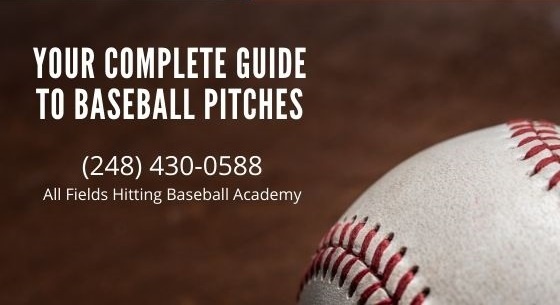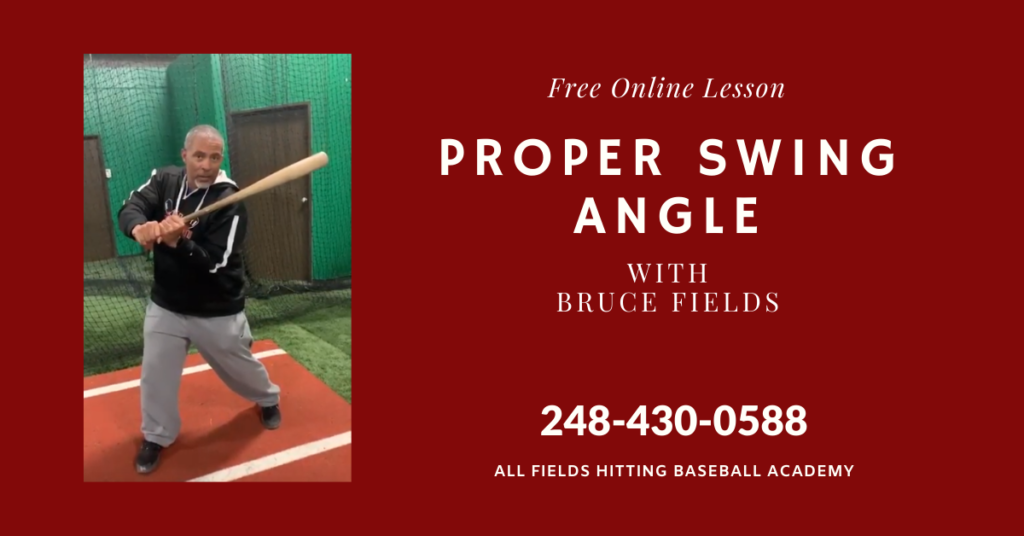Your Complete Guide to Baseball Pitches
Pitchers today have more pitches in their repertoire than ever before. Pitchers are also learning to throw more pitches at a younger age, which can help them perfect the pitch but can also put added stress on their elbow and shoulder.
Here is a (nearly) complete list of pitches thrown by Major League Baseball pitchers today. I say nearly complete because I didn’t get into hybrid pitches like the slurve, the slutter, and the split-change.
Fastballs


Four-Seam Fastball
The four-seam fastball is the most common pitch thrown in baseball. It also achieves the greatest velocity with the least amount of movement. The four-seam fastball is so named because you grip it with your two fingers across the large horseshoe of the seams so that when you release it, it rotates with backspin and four laces are creating resistance against the air instead of just two. This creates the illusion that the ball is rising, although it’s actually just dropping less than other pitches. Because of its straight trajectory, the four-seam fastball is the easiest pitch to control and throw for strikes.
Controlling the four-seam fastball and throwing it for strikes should be mastered before any young player ever considers learning to throw other pitches.
More about the grip: The index and middle fingers are held together across the large horseshoe of the seams, while the thumb can either be wrapped under or bent at the thumb joint, this is just personal preference. The pitch is thrown with neutral pronation, meaning that the palm should be directly behind the baseball when you release the pitch. This neutral pronation creates backspin and reduces the amount of drop, making the pitch seem to rise although this is physically impossible.
Two-Seam Fastball (Sinker)
Some pitchers prefer to throw a two-seam fastball. It is also a fairly easy pitch to control and generates high velocity, although the two-seam fastball is usually a few MPH slower than a four-seam fastball. It also has considerably more movement than the four-seam fastball, depending on how you throw it. To grip a two-seam fastball, you hold your index and middle fingers slightly spread along the two parallel seams of the baseball. The seam should touch the outside of your index finger, because that will be the last part of your hand to touch the ball as you release it, and that’s what generates the movement of the ball. You should apply more pressure to the seam with your index finger than with your middle finger. When you release the pitch, your hand and arm rotate slightly inward toward your body, this move is called pronation of the arm. When you release the ball, your hand palm should be facing away from your body, with your thumb down and your pinky finger up.
The pronation of your hand and arm creates arms-side movement. Because the ball is thrown with two seams instead of four, the seams create less resistance against the air and the ball drops more quickly than a four-seam fastball. A two-seam fastball thrown by a right-handed pitcher will move down and in to a right-handed batter, giving the pitch its alternative name of “sinker”. The sinker is a very effective pitch against same-handed batters because it ends up lower in the zone than the batter anticipates. This leads to a lot of easy ground balls to shortstop and third base. Sinkers are most effective when thrown low in the strike zone, or below the strike zone.



